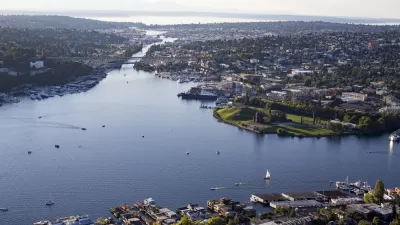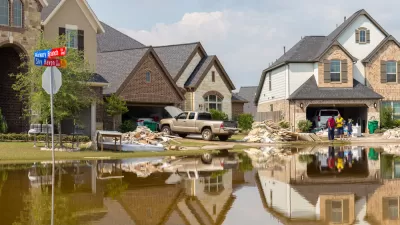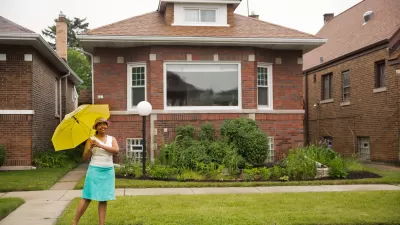As San Francisco's Chief Resilience Officer, Patrick Otellini’s job is to beef up city defenses against crises—a broad mandate that has him tackling seismic safety and water security through capital planning, utilities, and housing affordability.
Resilience work takes both the broad and the long view, uniting city systems to create a recovery plan for disasters over the next hundred years. "Most cities do [emergency] response really well, but start to see problems in the transition to recovery," Otellini tells The Planning Report.
Hence his interest in the housing market. One of San Francisco's major resilience goals is ensuring that interim transitional housing is available after a disaster—especially for renters, who Otellini says make up 70 percent of the city. "The faster we’re able to get people back into their homes after a disaster, the faster we will kickstart the recovery," he explains.
That approach is borne of sad experience. In 1989, the Loma Prieta earthquake devastated the city and put stress on housing and infrastructure, even though, Otellini says, it was only a moderate earthquake.
The city took ten years to develop a comprehensive, community-driven plan for seismic safety that would take 30 years to complete. And recognizing the shared vulnerability of the Bay Area, San Francisco recently issued guidelines requiring all capital-planning projects to incorporate an analysis of regional sea-level rise.
Collaboration is central to resilience planning by nature. The Rockefeller Foundation's 100 Resilient Cities program connects CROs around the world, creating a network where experts of different backgrounds (Otellini is also director of earthquake safety) can "fill in each other’s gaps." And in many cities, part of a CRO's job is connecting the dots between independent city projects to create an integrated recovery plan. Otellini’s position isn't housed in a particular department but reports directly to the mayor, allowing him to be a "conduit" between departments:
"Previously, factions concerned about seismic vulnerabilities didn’t talk to folks worried about sea-level rise. Neither talked to the private sector…or to transportation providers. We’re identifying everyone’s specific issues and saying we want to come up with a grand solution that helps all of these interdependencies."
FULL STORY: San Francisco's Chief Resilience Officer Prioritizes Earthquake, Housing & Sea-Level Preparedness

Alabama: Trump Terminates Settlements for Black Communities Harmed By Raw Sewage
Trump deemed the landmark civil rights agreement “illegal DEI and environmental justice policy.”

Study: Maui’s Plan to Convert Vacation Rentals to Long-Term Housing Could Cause Nearly $1 Billion Economic Loss
The plan would reduce visitor accommodation by 25% resulting in 1,900 jobs lost.

Planetizen Federal Action Tracker
A weekly monitor of how Trump’s orders and actions are impacting planners and planning in America.

Restoring Northern India’s Himalayan ‘Water Temples’
Thousands of centuries-old buildings protect the region’s natural springs and serve as community wells and gathering places.

Milwaukee to Double Bike Share Stations
Bublr Bikes, one of the nation’s most successful, will add 500 new e-bikes to its system.

DC Extends Application Window for Outdoor Dining Permits
District restaurants will have until the end of November to apply, but businesses with permits in rush hour parking lanes must end operations on July 31.
Urban Design for Planners 1: Software Tools
This six-course series explores essential urban design concepts using open source software and equips planners with the tools they need to participate fully in the urban design process.
Planning for Universal Design
Learn the tools for implementing Universal Design in planning regulations.
Caltrans
Smith Gee Studio
Institute for Housing and Urban Development Studies (IHS)
City of Grandview
Harvard GSD Executive Education
Toledo-Lucas County Plan Commissions
Salt Lake City
NYU Wagner Graduate School of Public Service





























